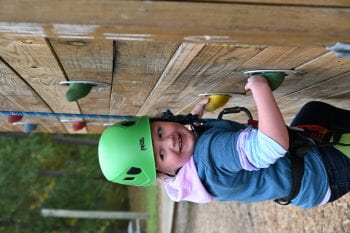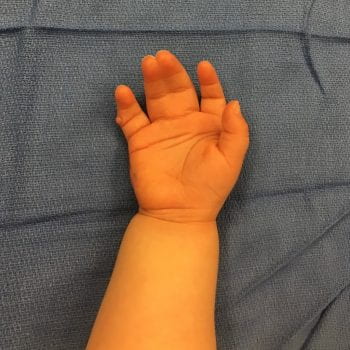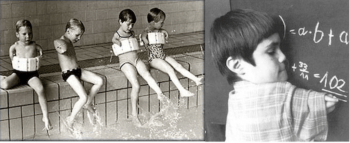Mirror hand, or ulnar dimelia, is one of the least common but most notable congenital differences of the upper extremity. This condition affects one extremity in a variable way: all patients have extra fingers and a missing thumb with the forearm and elbow affected differently. There may be 7 or 8 fingers with two ulnae […]
Mirror Hand: Key Thoughts and Outcomes






